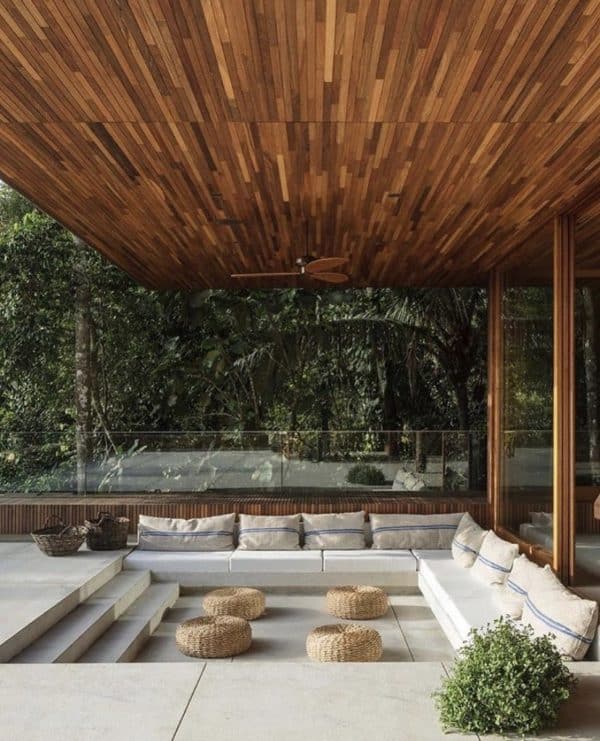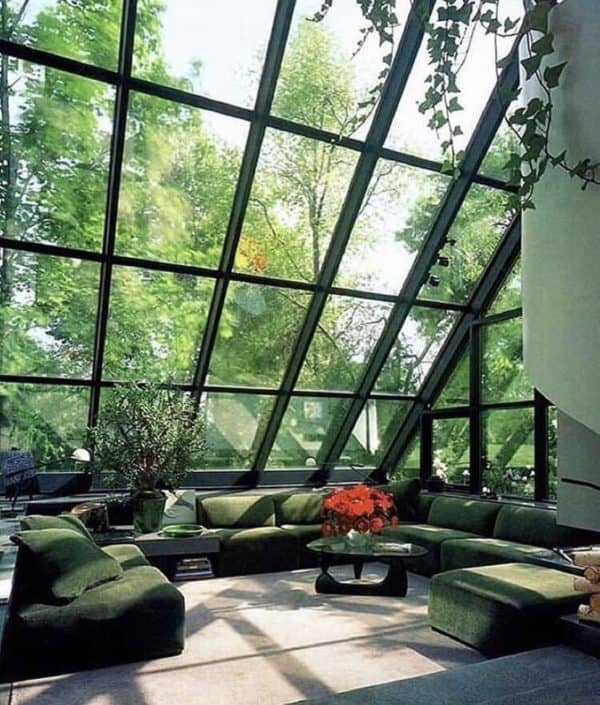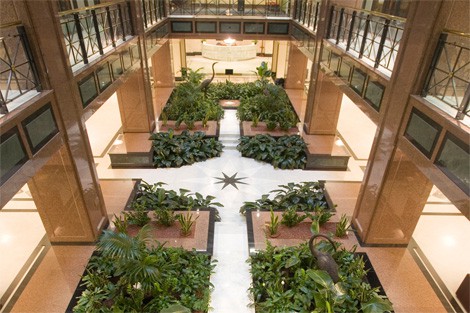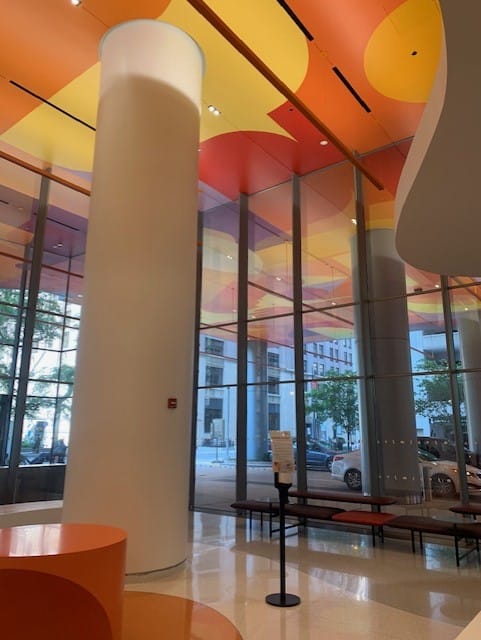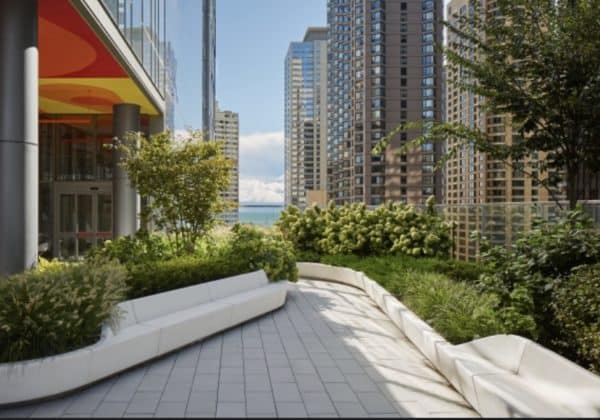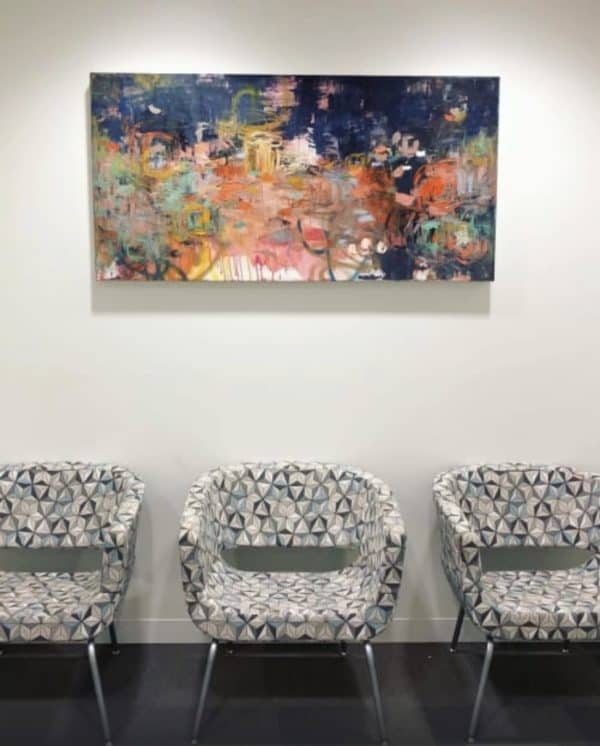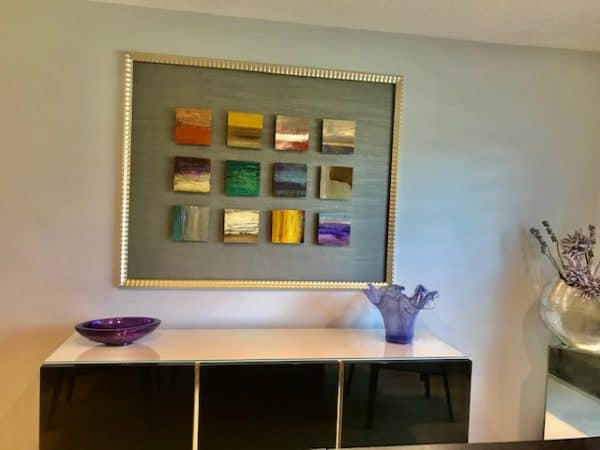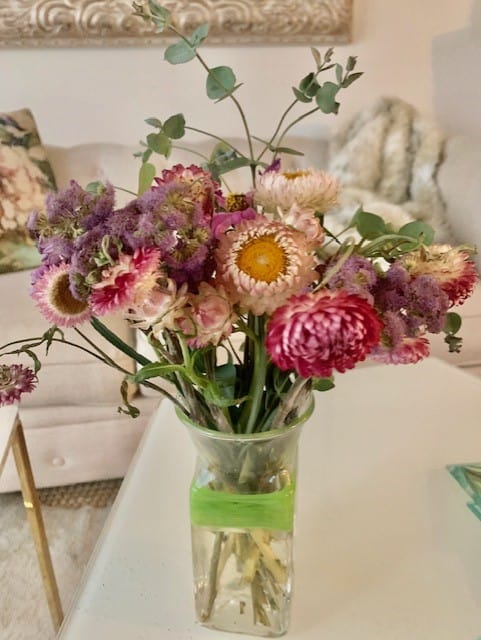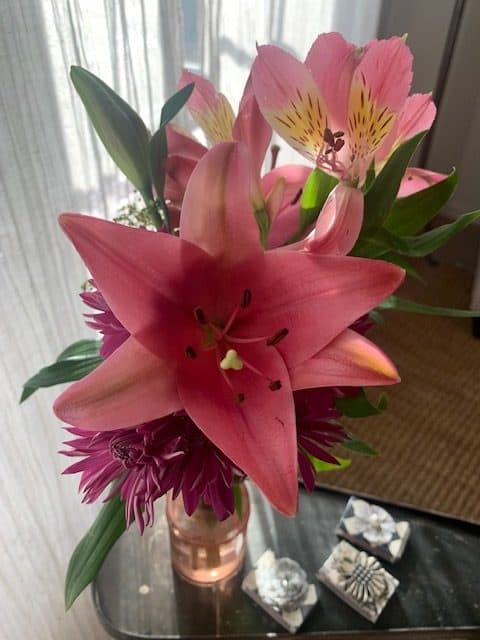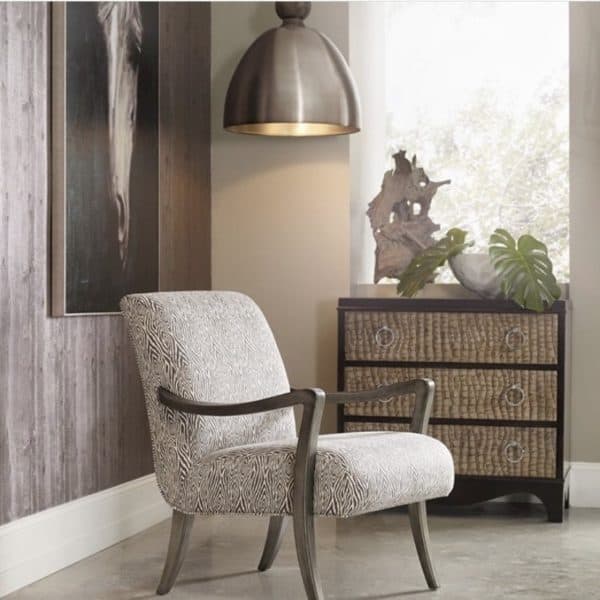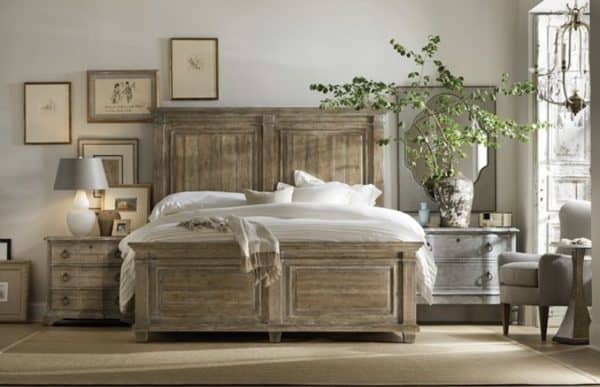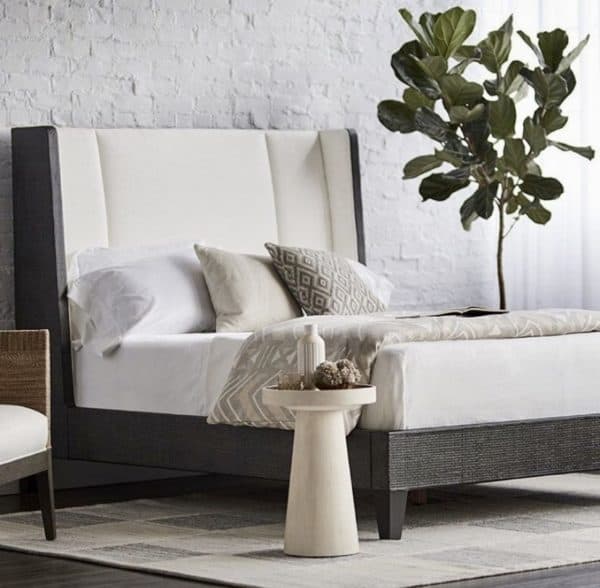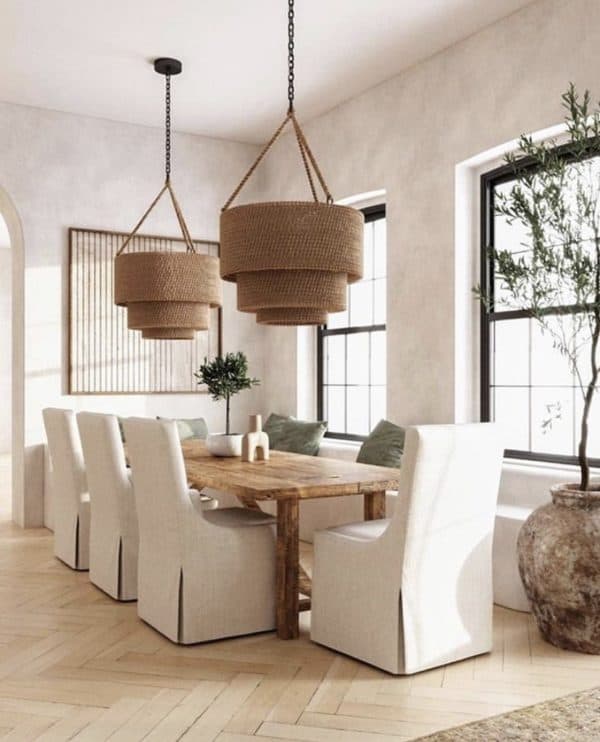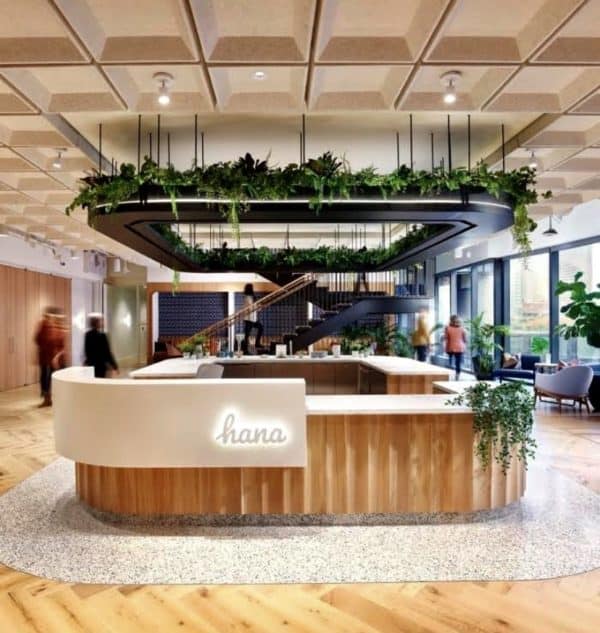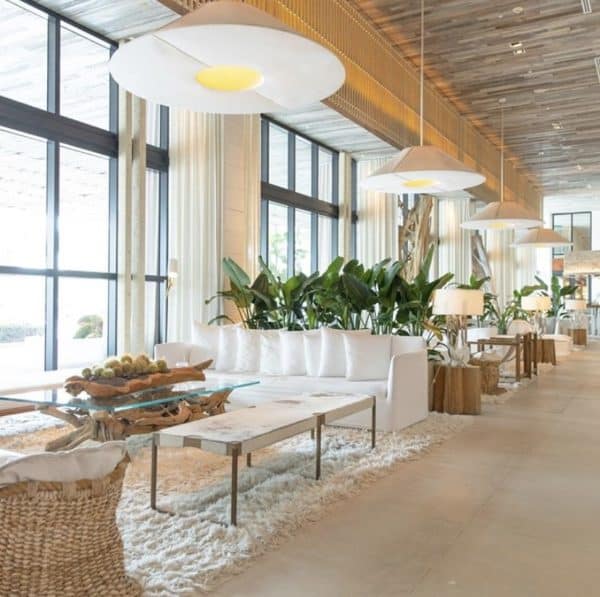Gone are the days when hiring an interior design was a sign of prestige and considered a luxury service. In our world today, along with boosting our immune systems, being mindful of how precious the gift of time is, working out and eating healthy foods, it’s crucial to our wellbeing that we feel happy, safe, and generally just good, inside and outside of our homes, at our workplaces-in our environments. I’m excited to share a topic that I have been studying and implementing into my design practice, a concept called “Neuroaesthetics” — the concept of how the brain and the interior or environment intersect and the role of how art and nature affect our well-being, mental health and influence our emotions. Introduced in 2002, Neuroaesthetics is the study of how the mind processes and responds to beauty and art. It delves into how one person may find a symmetrical pattern in a space, such as furnishings, pleasing to the eye and calming to the mind while another finds that asymmetry gives them better mental clarity, peace and fulfillment. Whatever your preference is, the topic is fascinating, and current research points to the crucial role a qualified interior designer plays in guiding you towards your own personal feeling of wellness. The study of an interior designer’s impact in a space on one’s mental health is a relatively new field. My previous blog posts refers to “biophilic” design, one’s connectivity to the natural environment through the use of nature such as bringing the outdoor elements indoors. It can increase productivity in the workplace (or home office), boost mood, and heal the mind, body and soul. So, whether a positive outcome is achieved for those who prefer symmetry or asymmetry in a layout or space is not quite clear cut, experts have reached a consensus that art, plants and flowers do elevate mood.
A thoughtfully designed and customized approach to designing a space can be calming and welcoming to a client or it can create discomfort and an uneasy feeling, bringing on stress. The definition of “good design for a client’s wellbeing” can vary from one person to another. Have you ever walked into a room, home or business establishment and felt unease right away or conversely, felt warmth, comfort and the feeling that you didn’t want to leave? We tend to avoid places, or maybe subconsciously do so, that give us a feeling of uneasiness. Three masters, Plato, Vitruvius, and Palladio all wrote that three basic qualities of a successful space are form, use and beauty. That is why it is crucial for a good designer to be an excellent listener and intuitive of what each particular client they are working with needs, to enhance and get the most out of their daily living and working environment. There are many elements that might trigger a positive response from a client: a vibrant vs a muted, neutral color palette, multi-textural vs smooth, brightly lit vs dimmable lights, clean lines vs sharp or curved ones, and the concept of symmetric vs asymmetric which is one being carefully studied today.
The photos below exemplify symmetry in architecture (left) and in a commercial lobby space (right). They follow a tic-tac-toe board or “nine square”–a well-established architectural term which basically means that a space is divided between two vertical and two horizontal divisions. Some, myself included, believe that this brings a sense of calm to the mind and appreciate this balance of a structure or space.
Donald H. Ruggles, an architect based in Denver states that beauty has been held as an individual assessment of a visual pattern. His book sparked my interest in this topic, “Beauty, Neuroscience & Architecture: Timeless Patterns and Their Impact On Our Well-Being”. He states that certain patterns that we see have the potential for pleasure. This invokes a good feeling and makes us feel well.
He feels that jagged edges or sharp points, when overused, can cause us anxiety and one may see these patterns as dangerous,and not readily understandable. This then causes a type of survival instinct of fight or flight response, creating unrest and stress. He feels that curves allow the mind to calm and feel soothed. Other experts, such as feng shui master Anjie Cho, based out of New York and author of the book Holistic Spaces; 108 Ways to Create a Mindful and Peaceful Home” believes that symmetry is boring and not interesting to the eye. I believe that while symmetry is calming to the eye, a slight change in the decor can add a surprise element and delight. My design philosophy and as I state on my website “It’s all about creating interiors that speak to you while appealing to all of your senses”.
A rehabilitation center in Chicago, The Shirley Ryan Ability Lab has the most beautiful interior and exterior and what a wonderful feeling I experienced as I walked inside and in the back exterior of that building. I credit those positive, feel-good vibes that I had to the design, architecture and art that was carefully placed inside. The tall glass windows allowed one to view the exterior’s greenery from the inside and the outdoor sitting area was so peaceful, enveloped by gorgeous, lush greens. The photos below are just a few that I took that exemplify this wonderful experience.
The art on all of the center’s walls as well as the green foliage and curved lines in the design detail was uplifting and mood-enhancing.
ART:
A home with beautifully curated art doesn’t just look pretty, it is actually good for your mental health. A neurobiologist at University College in London studied in 2011 and found that people viewing art experience a surge of dopamine, a chemical in our brains associated with the same feeling we have when we fall in love. In addition to this finding, in 2014, a meta-analysis published in Brain and Cognition found that by looking at paintings, it may support brain functions such as emotional processing, memory and decision making.
While growing up with a father who was an artist, avid art collector and art dealer, he would often remind me that art is so personal and that each piece should resonate with the individual owner. It does not have to match a decor but should belong in a space. The photo below is of a client’s dining room, and using their custom metal art pieces (which, incidentally follows not the nine square rule, but a twelve square rule) shows both symmetry in the layout of the art and asymmetry with the objects placed on the right and left of the buffet. So, although not perfectly symmetrical, I feel it’s balance is pleasing to the eye.
FLOWERS: Spaces that harmonize with the environment create better energy and make us happier. Something as simple as bringing fresh flowers or a beautiful plant can enhance a space and it’s impact on one’s mood. In the photos below, I placed small bouquets of flowers in vases and recommend doing this in your space. See how it makes you feel and if it has a positive impact on your mood, I bet it will!
It’s very simple to bring natural elements into your home or workplace by bringing in wild flowers, twigs, pieces of driftwood or rocks to add a biophilic sense to the space and enjoy their mental health benefits!
A lot of the furniture makers that I partner with use water-based paint and chemical-free finishes in their casegoods or wood pieces. The materials used are often natural ones of rattan, wood, cane and wicker. The photos below include plants, natural materials, natural sunlight shining in, and warmth.
A lobby or main area in a commercial building can achieve the same results by furnishing it with natural products, floor and ceiling plants and lots of natural lighting.
A final quote I’d like to share: “Stronger and livelier becomes my conviction that nature is the great antecedent of all our satisfactions. This has been so for many thousands of years.”– Richard Neutra
Let us help you curate any or all of your design selections and oversee the delivery and precise placement of them in your home or business. We will begin by getting to know you so that we can fulfill your ultimate sanctuary that you’ll be glad to come home to. Or, if it’s a business or workplace, we’ll draw in business to your location and entice people to want to be right there.
I’m looking forward to collaborating with you on your design goals.
Stay well,
~Stephanie
To see more of my design blog posts: click here.
To check out my full website: click here.
- SOURCES: Beauty, neuroscience & Architecture by Donald H. Ruggles, AIA
- BOS (Business of Home) magazine issue Spring 2020, Interior Harmony article written by Hannah Hickok

